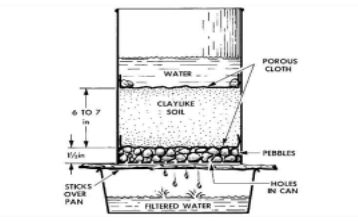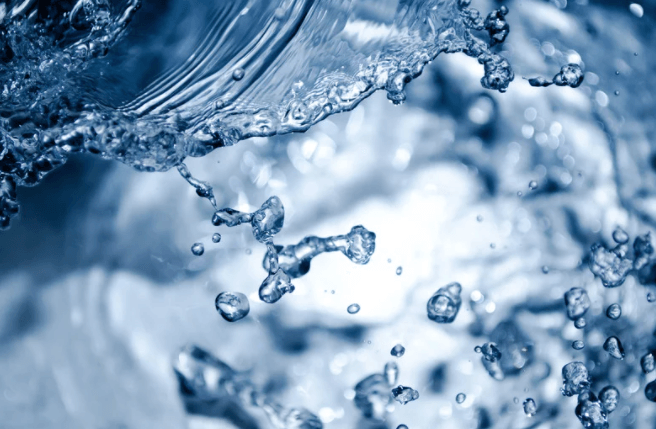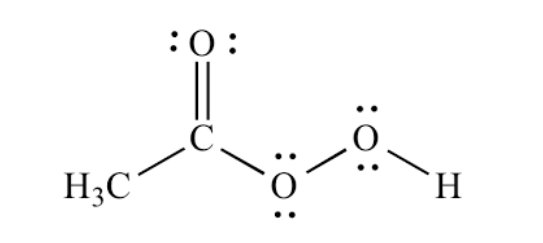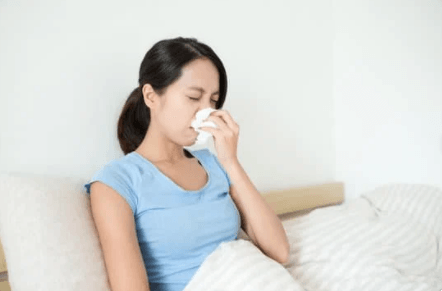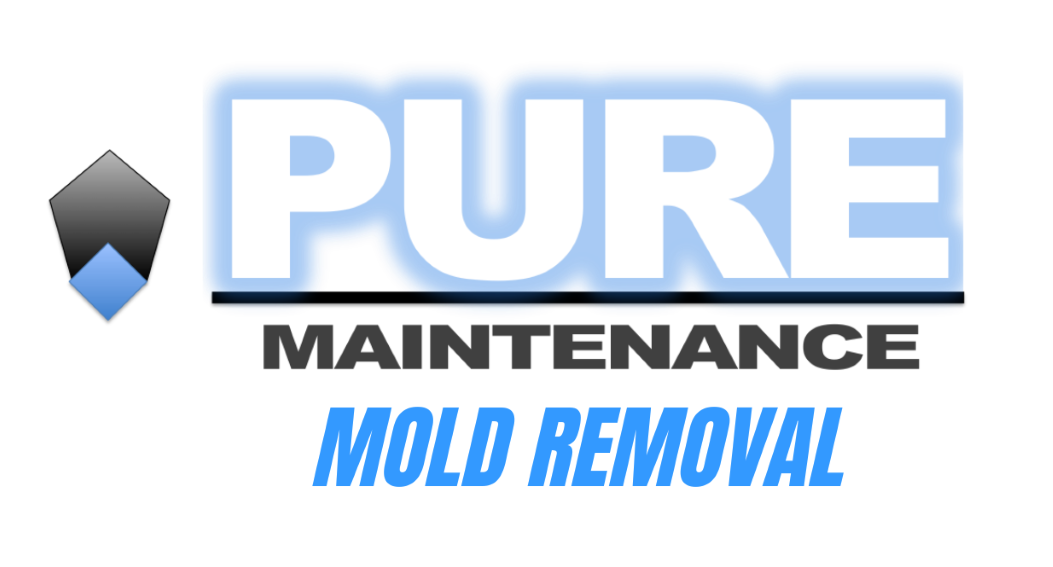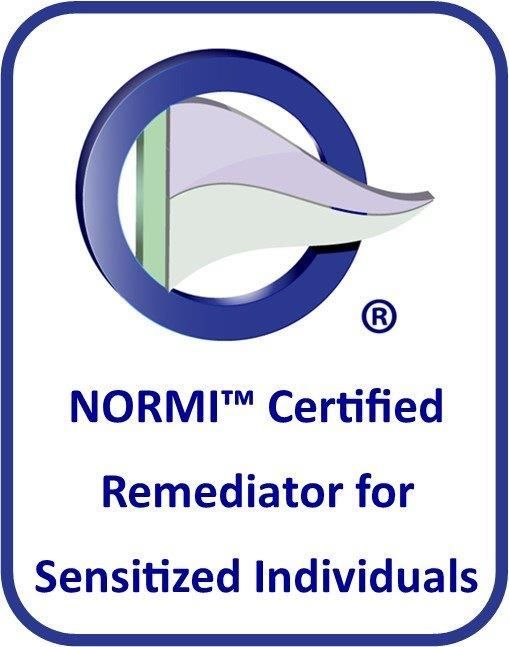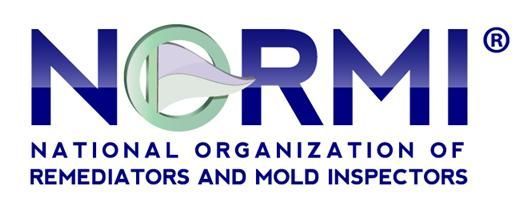Why Does My Produce Produce Mold?
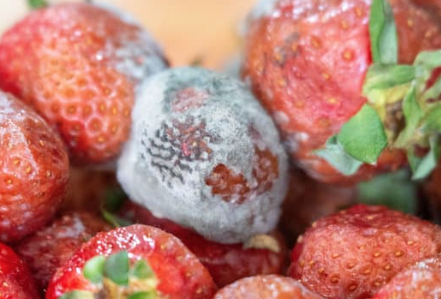
Why Does My Produce Produce Mold?
I have often been asked to look at a home for potential mold problems. One common denominator that seems to often follow a home with elevated “Mold Load” is their fruits and vegetables get moldy quickly. Here is the question of the day, Is the mold from the house, or was the produce inoculated prior to bringing the groceries in the house. It's a great question, and may be tough to answer.
First of all, we know that fruit, and vegetables will occasionally have mold on them from the orchard or farm, to the processing plant, and finally to the retail store. I say “occasionally” because prevention is a high priority for the packaging plants. The general guideline is that if a store receiving manager feels there is more than 10 percent mold or bacteria, they often will reject the entire shipment. Additionally, About 20 percent of all fruits and vegetables harvested each year end up in the trash due to microbial spoilage, according to an April 2016 review published in Food Microbiology: Principles into Practice. Some are contaminated with bacteria or mold, while others go bad because of high temperatures, oxidation or increased humidity. Spoilage microorganisms can affect fresh produce anytime during harvesting, handling, distribution or storage. So, although these figures are concerning, we as consumers can't change them, and we can only prevent what we can prevent.
So what about the food that gets moldy from our homes’ indoor environment? I have recently read an article that states that if you keep your apples in the refrigerator, they should stay good for about a week, if you leave them on the countertop, they should be good for about 7 days. All kidding aside, if you find you can't even get 5 to 7 days without the food getting moldy, you likely haveelevated mold load in the home. A few things you can do, as a homeowner, to keep your food from getting moldy.
- Wash or rinse your produce. According to Health.com, The reason to wash fresh fruits and veggies is to rinse away soil, microbes, and pesticides. Sometimes you'll see visible soil on leafy greens and other veggies, which can be unappetizing and add a gritty texture to your meal. Microbial pathogens found on produce, including E. coli, salmonella, the microbes that cause norovirus, and mold or fungus can result in foodborne illness.
- Dry the fruits and vegetables thoroughly. Moisture encourages mold growth.
- Keep an eye on spoilage dates printed on packages, including deli meats and cheeses. Refrigerate foods quickly when you bring them home.
- And finally, and maybe most importantly, get your home healthy. If you find your food is spoiling before it should, you likely have “elevated mold load” in your home. Elevated mold load includes spores, growing mold, dormant mold, and the mycotoxins associated with mold. Call Pure Maintenance and see if they can help. If your home grows mold on fruits and vegetables, meats and cheeses quickly, you can figure the indoor air quality isn’t doing your personal health any favors. Pure Maintenance is literally, “A Fresh Start to a Healthy Home”
Mike Adams
